Collaborative and Compassionate Cancer Care: cancer strategy for children and young people 2021–2026
This Managed Service Network (MSN) for Children and Young People with cancer (CYPC) strategy celebrates the achievements to date as well as setting out ambitions for the coming 5 years.
Section 2 - The Current Landscape
Within Scotland when a child or young person is diagnosed with cancer or a condition which may lead to cancer, healthcare staff record details regarding the diagnosis and the treatments received. This information is then recorded within the national Scottish Cancer Registry. This service is provided by Public Health Scotland. By collecting information nationally, health care services can plan and improve care for patients in the future. National cancer incidence statistics are published annually, with the next report to be published later in September 2021.
Whereas the Scottish Cancer Registry regularly publishes data on cancer at all ages, the classification used (the 10th edition of the International Classification of Diseases or ICD-10) is more suited to adult cancers. These cancers are classified primarily by the part of the body where the cancer is located; whereas cancers in children and young people are more appropriately classified by the type of tumour (i.e. which cell types are involved). Therefore to ensure appropriate reporting and recording for children and young people the MSN CYPC and NHS National Services Scotland in partnership began publishing annual reports based on the type of tumour and also developed an 'Enhanced Cancer Registry' to support the appropriate recording of childhood related cancers.
In February 2019 the first jointly produced 10 year report (2007-2016) on occurrence and outcomes of cancer in children (0-14 years) and young people (15-24 years) in Scotland was published (NHS National Services, 2019). The most recent report, published in September 2020, demonstrates that cancer in children and young people is rare, accounting for <1.5% of the cancer burden. In the ten year period 2009-2018, 1,298 children (ages 0-14, 53% male) were diagnosed with some form of cancer. Amongst 15-24 year olds 1,996 (51% female) were diagnosed with some form of cancer. The most common cancer diagnoses in children were leukaemia (31%) and central nervous system tumours (27%), while in the older group lymphomas (19%), melanomas and skin cancers (14%) predominate; with all carcinomas combined forming the largest group (22%). One year survival rates have remained fairly stable, with the most recent figures (patients diagnosed between 2013 and 2017) at around 93.6% for children and 96.7% for young people. Scotland has over 5,000 children and young people who have survived a diagnosis of cancer after 1999 (Public Health Scotland, 2020). Their ongoing health care needs form part of this strategy.
Stepwise improvements in treatments mean that most children and adolescents can be cured of their disease, with five year survival around 88% in children and 92% in young people for those diagnosed in 2013-2017. For teenagers and young adults, carcinomas continue to lag behind successes in haematological malignancies and germ cell tumours. With around 41 deaths each year (stable), cancer remains the leading cause of disease related death in children and young people in Scotland (Royal College of Paediatrics and Child Health, 2020). Our outcomes are comparable to England and our data was part of the first UK report published in 2021 on cancer outcomes for children and young people (Public Health England, 2021).
The following data presented have been provided by Public Health Scotland and provides information relating to cancer incidence and survival rates for children and young people within Scotland. Cancer registration is a dynamic process therefore the data presented may be subject to future change.
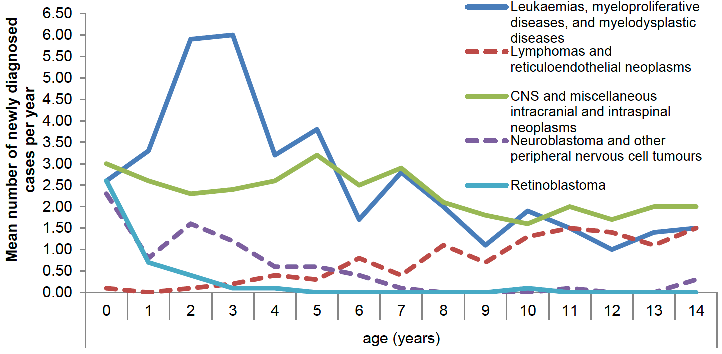
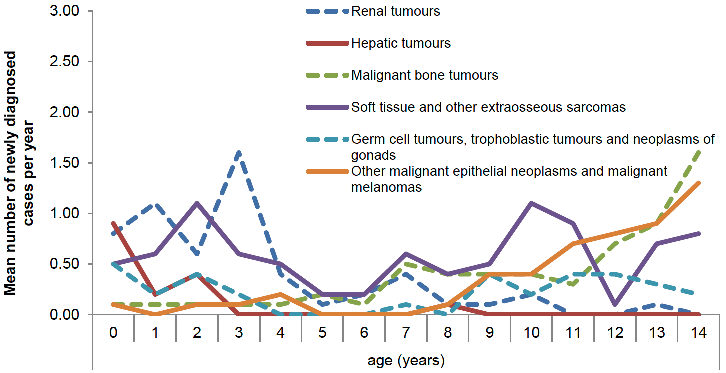
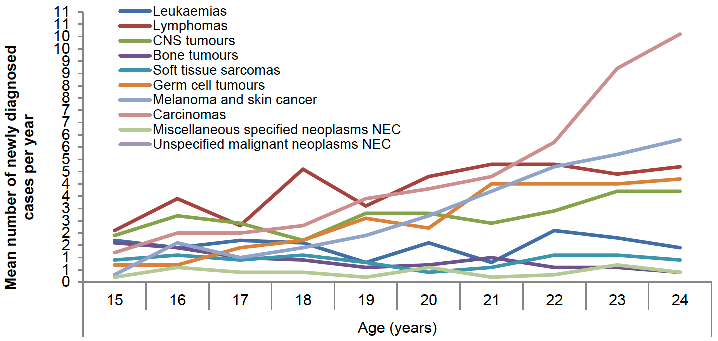
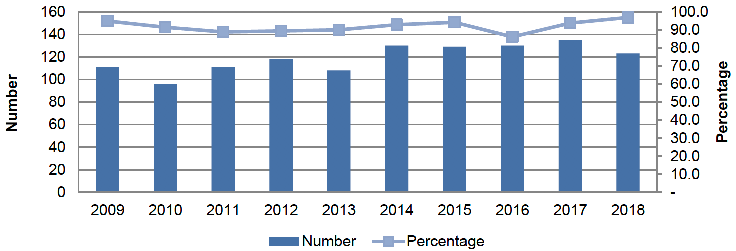

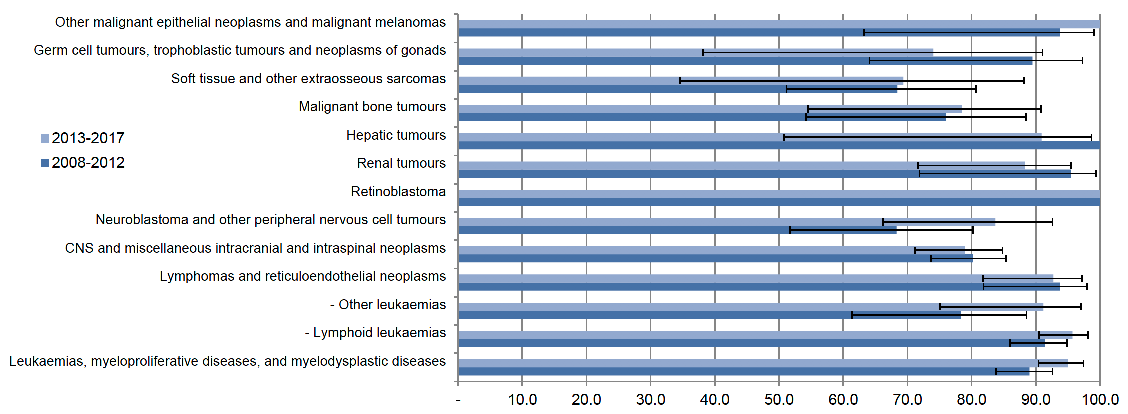
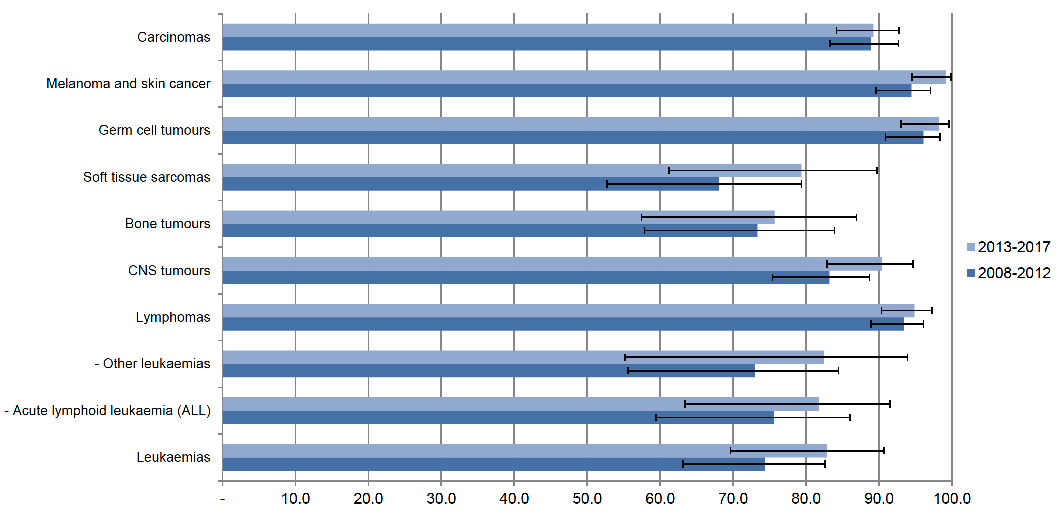
"I would like to say thank you for the amount of time that has gone into creating this, the fact that the Youth Advisory Forum is being heard and is going to make a difference. It is incredibly rewarding and I am honoured to be able to be a part of it. With this new strategy I have hopefully been able to make a difference for future young people going through cancer"
MSN CYPC Youth Advisory Forum Member
Contact
Email: CancerPolicyTeam@gov.scot
There is a problem
Thanks for your feedback